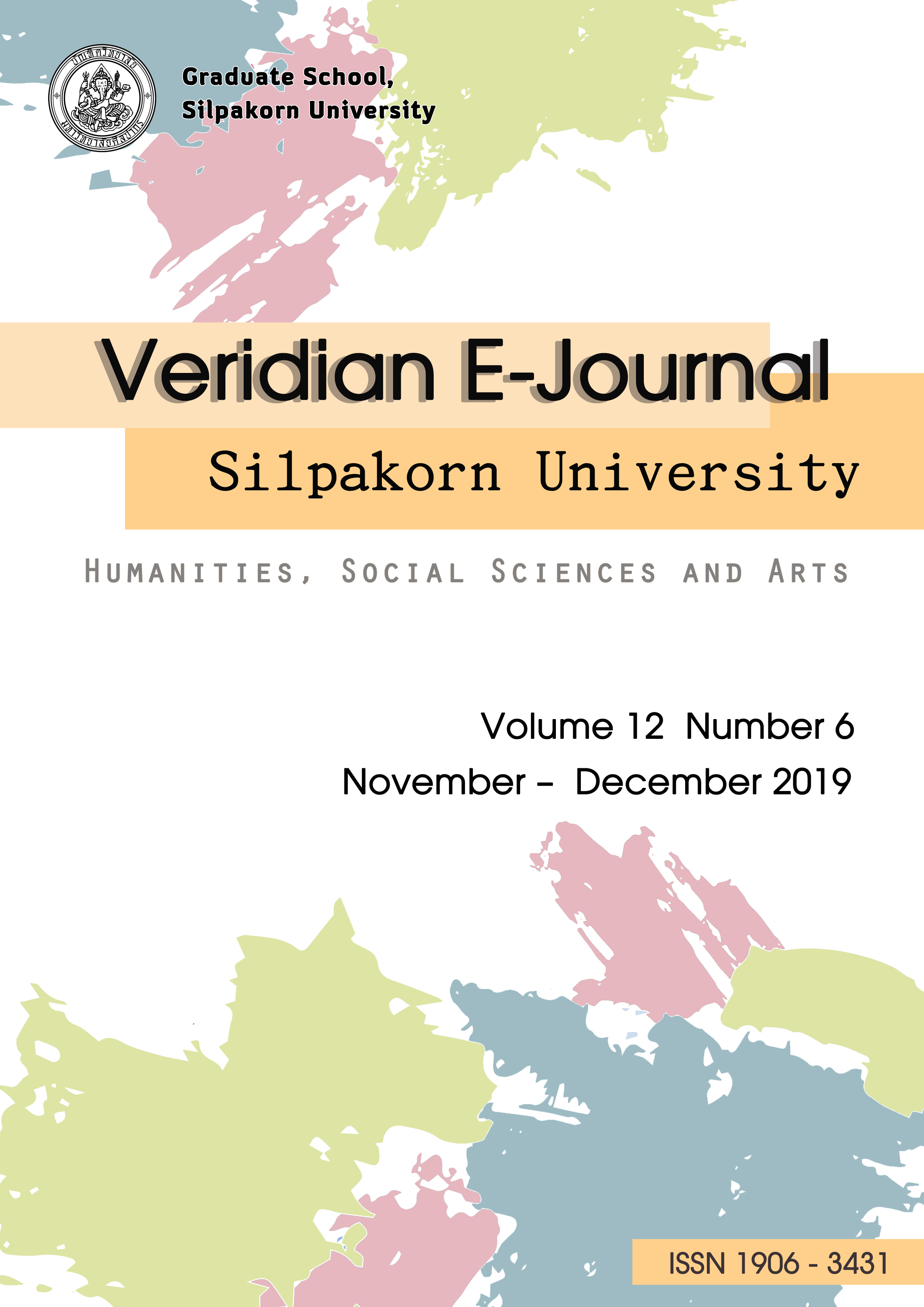ศิลปะสำคัญไฉนสำหรับวัยเด็ก: ผ่านมุมมองของ Reggio Emilia Approach (Miracle of Arts for Early Childhood: Via the Lens of Reggio Emilia Approach) Miracle of Arts for Early Childhood: Via the Lens of Reggio Emilia Approach
Main Article Content
Abstract
วัตถุประสงค์ของบทความวิจัยครั้งนี้คือ เพื่อถ่ายทอดคุณค่าของศิลปะที่มีอิทธิพลด้านบวกต่อพัฒนาการทางด้านการรู้คิดและสติปัญญาของเด็กผ่านมุมมองของเรกจิโอ เอมิเลีย โดยผู้เขียนศึกษาจากข้อมูลทุติยภูมิ ได้แก่ หนังสือ บทความ งานวิจัย เอกสารวิชาการอื่นๆ ที่เกี่ยวข้องกับ ศิลปะและแนวคิดเรกจิโอ เอมิเลีย ในมิติของการนำแนวคิดเรกจิโอ เอมิเลียที่เน้นด้านศิลปะมาประยุกต์ใช้เพื่อพัฒนาศักยภาพของเด็กก่อนวัยเรียน โดยปรัชญาที่โดดเด่นและถือเป็นหลักการสำคัญที่มีอิทธิพลกับมุมมองต่อเด็กของครูผู้สอน คือ ปรัชญา 100 ภาษาของเด็ก นอกจากนี้หลักสูตรของเรกจิโอ เอมิเลีย เน้นบุคคลากรที่เชี่ยวชาญทางด้านศิลปะโดยมีฐานะเป็นครูประจำในทุกชั้นเรียน แนวคิดนี้เป็นแนวคิดการศึกษาทางเลือกซึ่งเป็นที่ยอมรับและถูกนำไปประยุกต์ใช้ในหลากหลายประเทศรวมถึงประเทศไทย โดยเรกจิโอ เอมิเลีย แทรกศิลปะเข้าไปในสภาพแวดล้อม กระบวนการจัดการเรียนการสอน สำหรับเสริมสร้างและพัฒนาทักษะด้านสติปัญญาและทักษะทางสังคม เพื่อเตรียมพร้อมสู่การเรียนรู้เชิงวิชาการต่อไป
The objective of this article is to convey the value of arts which positively influence children’s awareness and intellectual ability via the lens of Reggio Emilia approach. The author had studied from secondary resources such as books, articles, research journals, and any other academic document related to arts and Reggio Emilia approach. The focus is on the application and implementation of Reggio Emilia approach based mainly on arts to develop the potential of children in early ages. The remarkable philosophy of Reggio Emilia approach which is the pivotal principle influencing the view of teachers on children is children’s 100 languages. Additionally, the curriculum of Reggio Emilia emphasizes on the specialists in arts as a key person working routinely in every class. This is an alternative education broadly accepted and applied by a lot of schools in different countries including Thailand. This approach incudes arts into the environment, teaching and learning procedures in order to develop intellectual and social skills of early childhood children to prepare them to the next step of learning life.

